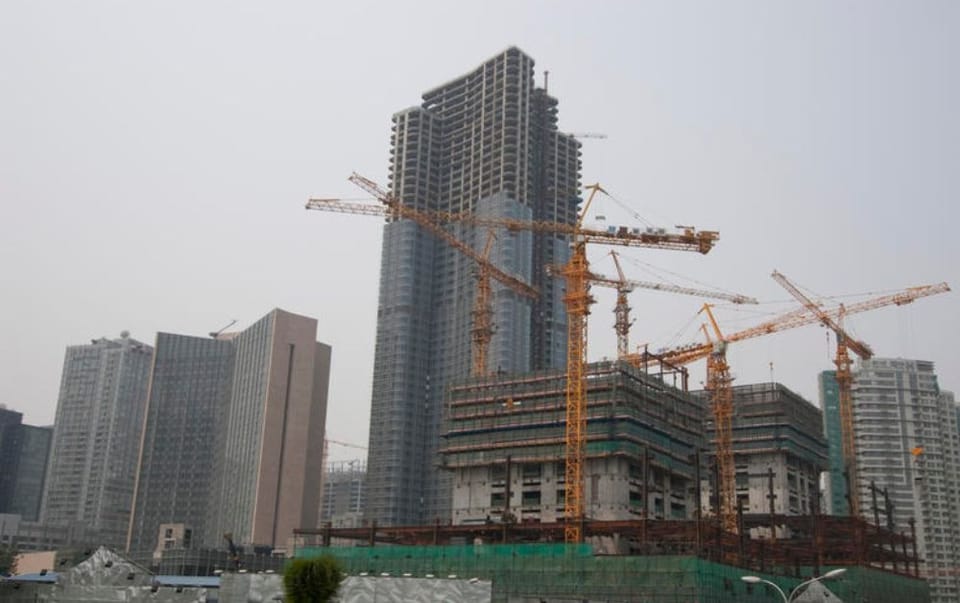China Real Estate: Multi-Year Adjustments Needed, RBC Predicts

China's housing market is grappling with significant issues that could hinder the country's economic growth for years to come, according to a memo by Royal Bank of Canada (RBC).
Affordability of Chinese Real Estate
A key concern highlighted by the asset management firm is affordability. Housing prices in China are among the most expensive globally, with some cities boasting price-to-income ratios exceeding 30. "You cannot spend 30 years of income buying a property if you're only working 40 years and paying taxes and paying interest," says Eric Lascelles, Chief Economist at RBC.
Read More: China’s Strong Quarter Hides Weakness, says Moody's Analytics
However, Lascelles acknowledges some complexity: rising incomes can offset high initial prices, and historically, home values have generally increased. Nonetheless, affordability remains a major hurdle, exceeding double the international norm. Given the current high prices, downward pressure on Chinese housing prices is anticipated, potentially for an extended period.
Housing Demand
While China's shrinking population might suggest a lack of need for new housing, the reality is more nuanced, notes RBC. Old properties require replacement, and urbanization continues. Even with a declining population, the number of households may not necessarily fall, and these households will still require housing.
The International Monetary Fund (IMF) estimates a demand of 800,000 to 1.2 million new units annually over the next decade. While significant, this represents a 35% to 55% decrease compared to the 1.7 million units needed per year in the previous decade due to more favorable demographics and urbanization rates.
Read More: Private Equity at an Inflection Point: Goldman Sachs
This projected decline in demand explains the consolidation among builders, suggesting a future with considerably less construction activity.
"The bottom line here is Chinese housing is unlikely to be a major driver of the economy for a long time," says Lascelles. "These are multi, multi-year adjustments that need to take place both on the affordability side and I suppose the housing supply side."